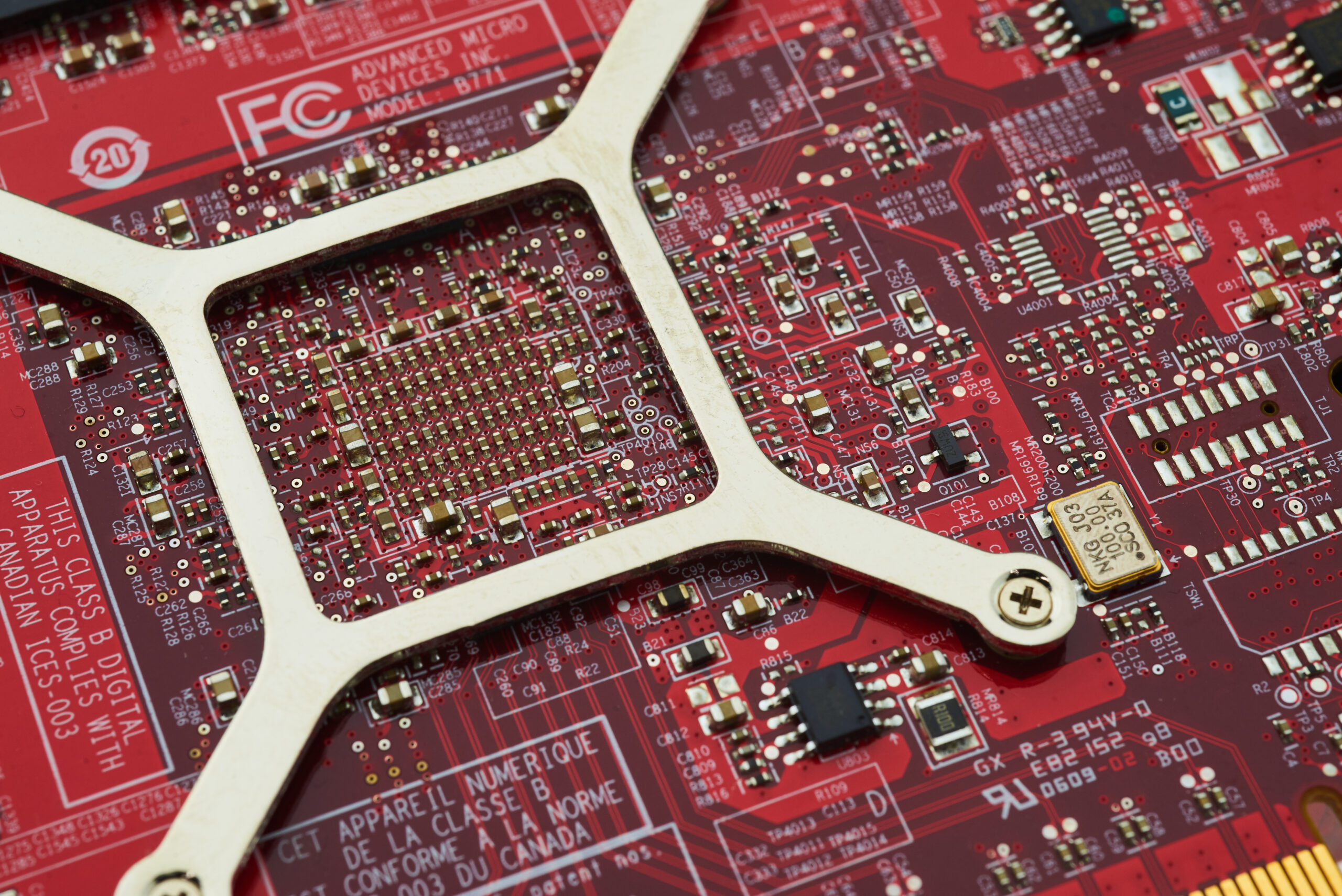Cooking Area Grease Trap Sanitizing: Maintain The Culinary Area Spotless
Ever thought about the consequences of overlooking culinary grease trap cleaning in a bustling commercial kitchen? It’s more than just a matter of sanitation; it’s about ensuring an effective grease interceptor pumping setup. These interceptors are vital for trapping FOG (fats, oils, and grease) before they can harm plumbing and drainage systems. By focusing on regular maintenance, you protect your eatery’s infrastructure and prevent costly plumbing problems and odors.
Understanding the Importance of Grease Interceptor Upkeep
Grease traps are essential for the efficiency and cleanliness of restaurant kitchens. They play a crucial role in ensuring functional success and compliance with local laws. Grasping how grease traps work and the impacts of poor upkeep aids proprietors in making informed choices about grease trap sanitization for restaurants.
Role of Grease Interceptors in Restaurant Kitchens
Grease interceptors are located near dishwashing areas to capture fats, oils, and grease (FOG) before they enter the drainage system. This is essential for avoiding pollution and protecting the wastewater system. Effective grease trap maintenance guarantees these traps work efficiently, safeguarding the environment and the business from fines or disruptions. Regular reviews are essential to following grease interceptor rules, which outline cleaning and maintenance schedules.
Results of Neglecting Grease Trap Cleaning
Not maintaining grease cleaning services can lead to serious problems for culinary functions and health safety. Some potential outcomes are:
- Serious drainage blockages, causing costly emergency repairs.
- Foul odors in the culinary area and dining areas, reducing client approval.
- Charges and legal issues from ignoring grease trap regulations.
- Elevated chance of pipe issues, which could halt kitchen operations.
Having a consistent cleaning strategy, like restaurant grease interceptor cleaning, can avert these complications. Regular maintenance ensures adherence with regulations and protects the kitchen environment.
Kitchen Grease Trap Cleaning: A Step-by-Step Guide
Sanitizing a grease interceptor is vital for a kitchen’s effectiveness. It demands the right equipment and a systematic approach. From collecting needed tools to disposing of waste appropriately, each step is vital for a functional kitchen.
Essential Tools for DIY Cleaning
Before you commence, make sure you have these tools at ready:
- Protective gloves
- Gas mask
- Crowbar or tool
- Scrapers
- Industrial vacuum
Detailed Sanitization Procedure
Here’s a comprehensive guide for effective cleaning:
- Remove the grease interceptor by lifting its cover carefully.
- Extract the refuse, attempting to take out as much as you can.
- Employ a industrial vacuum to remove any residual bits.
- Scrub the interior of the grease trap with non-abrasive detergents.
- Wash away all debris with fresh H2O.
Tips for Appropriate Disposal of Grease Waste
Appropriate elimination of grease waste is crucial for environmental safety:
- For minor quantities, use heavy-duty trash bags for elimination.
- For large quantities, hire grease recycling services to comply with rules.
| Waste Quantity | Elimination Technique | Recommended Services |
|---|---|---|
| Below 5 liters | Double-lined garbage bags | Local landfill |
| More than 5 liters | Specialized disposal service | Grease repurposing providers |
Employing an enzyme grease interceptor cleaner can boost your cleaning endeavors, organically decomposing fats and oils. By following these steps, you’ll keep your kitchen clean and meet waste management regulations.
Indicators Your Grease Interceptor Needs Sanitization
Maintaining your grease interceptor in optimal form is crucial for your restaurant kitchen’s efficient performance. Knowing when to arrange a grease interceptor sanitization can avert future issues. Several indicators can inform you to the requirement for an examination.
Usual Signs of Grease Buildup
Be aware of these signs that indicate your grease interceptor needs quick action:
- Unpleasant odors coming from the kitchen or pipes.
- Sluggish basins, signifying obstructions from grease buildup.
- Apparent FOG buildup in and around your pipes.
- Frequent pipe problems, such as clogs and flooding.
Recommended Cleaning Frequency
Regular upkeep of your grease trap is essential for effectiveness and adherence to regulations. It’s generally advised to perform reviews and cleanings every four to six weeks. Culinary areas with heavy usage might need more frequent attention. Engaging a specialist for regular grease interceptor maintenance guarantees you adhere to these standards and maintain your culinary area clean.
| Kitchen Type | Suggested Sanitization Interval |
|---|---|
| Minimal Operation | Once every 4-6 weeks |
| Regular Operation | Once every 3-4 weeks |
| Intense Operation | One to two weeks |
Gains of Professional Grease Trap Services
Hiring specialist grease interceptor sanitization services can greatly boost your kitchen’s productivity and security. These professionals not only sanitize completely but also recommend on the ideal maintenance schedules for your restaurant. By selecting industrial grease interceptor extraction services, you’re utilizing experts knowledgeable in grease trap complexities.
Reasons to Opt for Grease Interceptor Pumping
Engaging a grease trap pumping service gives availability to specialized gear and experience in grease interceptor handling. They ensure your devices are scrubbed properly, avoiding clogs and flooding that could result in expensive plumbing issues. Consistent specialist cleanings assist ensure effectiveness and improve client approval.
Adherence to Regulations and Assurance
Employing a expert service also ensures compliance with grease trap regulations. Many areas have rigid standards that establishments must adhere to, and non-compliance can lead to fines or inspections. Engaging a dependable grease interceptor provider offers assurance, ensuring your kitchen adheres to all requirements. It also promotes a safe space for staff and customers.
